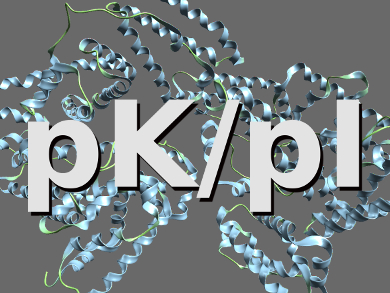The overall charge of biomolecules, a factor significantly contributing to their chemical and biological properties, can be determined from their pK (the pH at which half the ionizable moieties present are protonated/deprotonated) or the isoelectric point (pI) values, which are conventionally determined by various techniques in solution.
Taking advantage of the difference in binding energy for N atoms in deprotonated and protonated amine groups (likewise for C atoms in carboxyl groups), Kenan P. Fears, Naval Research Laboratory, Washington D.C., USA, has followed these changes for biomolecules using X-ray photoelectron spectroscopy (XPS) to determine their pK or pI values. Using the ratio of the carbon 1s peaks associated with protonated and deprotonated carboxyl groups, the researcher wass able to calculate pKs and pIs for several surface-adsorbed peptides and proteins.
Although this method involves biomolecular samples deposited on a gold surface, the results obtained are consistent with reported values from other methods. Owing to the high sensitivity of XPS, it only requires micrograms of material, providing a useful complement to other techniques.
- Measuring the pK/pI of Biomolecules Using X-ray Photoelectron Spectroscopy
Kenan P. Fears
Anal. Chem. 2014.
DOI: 10.1021/ac5020386




